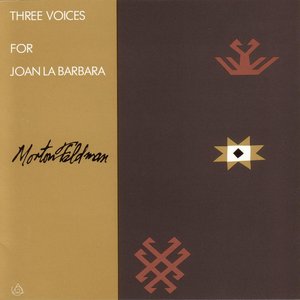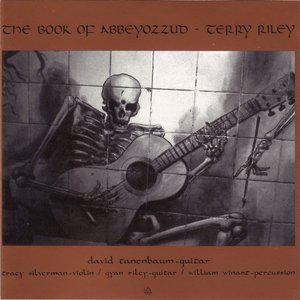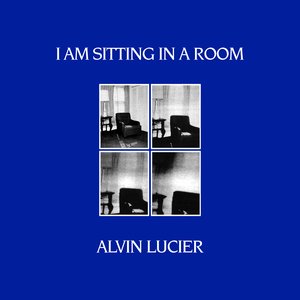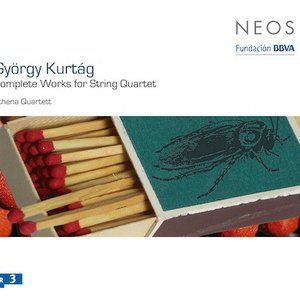Wiki
-
Release Date
1991
-
Length
3 tracks
4′33″ (pronounced Four minutes, thirty-three seconds or, as the composer himself referred to it, Four, thirty-three) is a three-movement composition by American avant-garde composer John Cage (1912–1992). It was composed in 1952 for any instrument (or combination of instruments), and the score instructs the performer not to play the instrument during the entire duration of the piece throughout the three movements (the first being thirty seconds, the second being two minutes and twenty-three seconds, and the third being one minute and forty seconds). Although commonly perceived as "four minutes thirty-three seconds of silence", the piece actually consists of the sounds of the environment that the listeners hear while it is performed. Over the years, 4′33″ became Cage's most famous and most controversial composition.
Conceived around 1947–1948, while the composer was working on Sonatas and Interludes, 4′33″ became for Cage the epitome of his idea that any sounds constitute, or may constitute, music.It was also a reflection of the influence of Zen Buddhism, which Cage studied since the late forties. In a 1982 interview, and on numerous other occasions, Cage stated that 4′33″ was, in his opinion, his most important work
Album descriptions on Last.fm are editable by everyone. Feel free to contribute!
All user-contributed text on this page is available under the Creative Commons Attribution-ShareAlike License; additional terms may apply.












